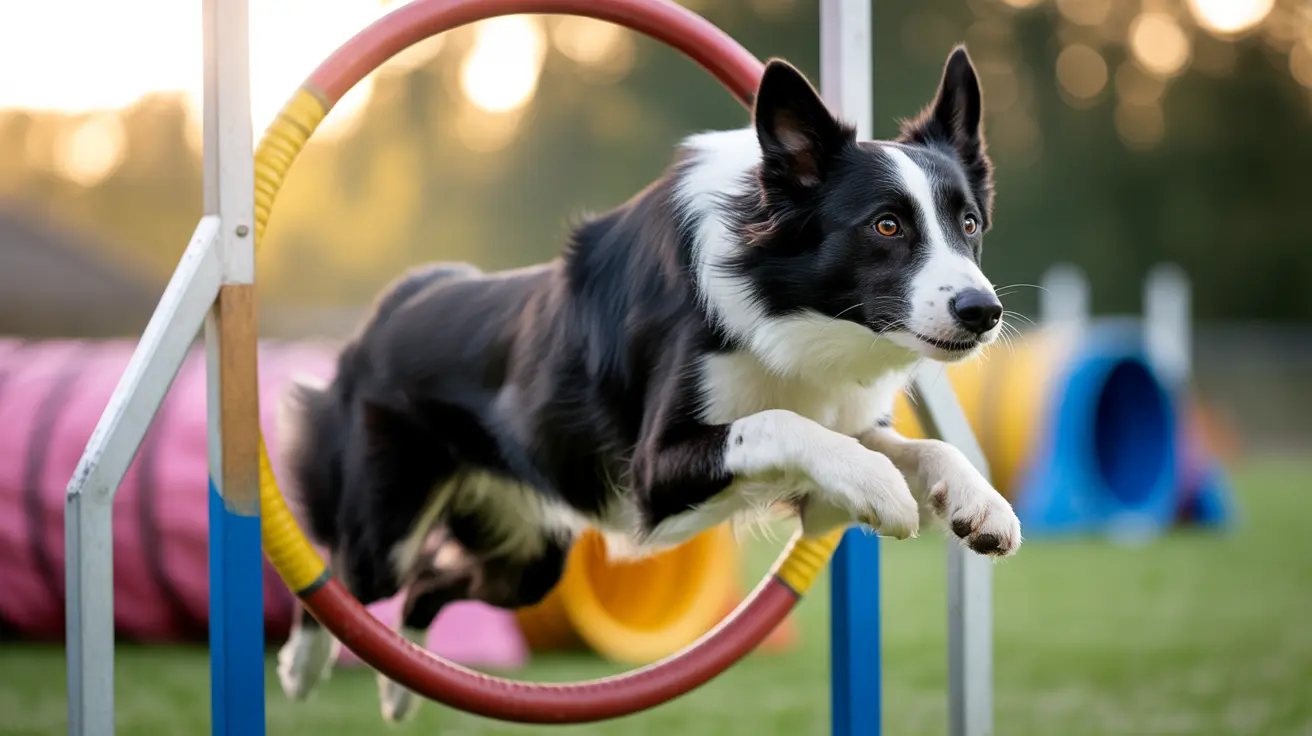How to Mask the Smell of Pills for Dogs
Giving medication to dogs can be a daunting task for many pet owners. Dogs often have a keen sense of smell and may detect even the slightest hints of medicine in their food. Fortunately, there are several vet-approved techniques that can help make this process smoother and less stressful for both you and your furry friend.
Why Dogs Refuse Pills
Dogs are naturally suspicious of unfamiliar tastes and smells. A bitter-tasting pill or even the scent of a foreign substance can deter them from eating it. Some dogs have learned to identify and avoid medication after just a few experiences.
Best Foods for Masking Pill Smell
The most effective method to get a dog to take their medication is by disguising it in strong-smelling, appealing food. Here are some options:
- Peanut butter (ensure it's sugar-free and xylitol-free)
- Liverwurst or liver paste
- Canned dog food with a strong aroma
- Soft dog treats that can be molded around a pill
- Pill pockets specifically designed to hide medication
- Cheese or cream cheese
- Hot dog pieces (cut carefully to avoid choking)
- Boiled chicken breast or beef chunks
- Plain yogurt or cottage cheese
- Cooked sweet potato or mashed banana
Techniques for Effective Pill Hiding
Beyond just masking the scent, it’s important to consider how you deliver the pill:
- Bait and switch: Begin by giving your dog one or two treats without medication. Then offer the hidden-pill treat, followed quickly by another treat with no medication. This speeds up the eating process, reducing suspicion.
- Trick training: Reward your dog with the medicated treat during a trick or training session, so they’re focused on the reward rather than the smell or taste.
- Gelatin capsules: For very bitter pills, consider placing them inside a gelatin capsule to reduce odor and taste.
- Wash hands: Always clean your hands between handling medication and food, so no pill residue transfers unintentionally and alerts your dog.
Direct Administration Options
If hiding the pill doesn’t work, you might need to administer it directly. Here’s how:
- Gently hold your dog’s muzzle and tilt their head back.
- Use your dominant hand to place the pill deep into their throat, past the hump of the tongue.
- Immediately close the mouth and gently stroke the throat or blow lightly on the nose to encourage swallowing.
- Watch for licking motions, which usually indicate successful swallowing.
If this method proves too difficult, a pet piller—a device that places the pill deep into the mouth—may help.
Alternative Solutions
When traditional methods aren't effective, speak with your veterinarian about these alternatives:
- Flavored compounded medications (liquid or chewable)
- Transdermal gels absorbed through the skin
- Injectable alternatives, if available
Tips for Reducing Stress
Your dog may build negative associations with medication time. To reduce stress:
- Use positive reinforcement with praise and petting
- Maintain a calm environment during the process
- Ensure adequate hydration, as dry mouths can make pill-swallowing harder
Monitoring for Success
Always observe to ensure your dog actually swallows the pill. Some clever dogs will hold it in their cheek or spit it out later. Double-check by inspecting their mouth after administration and monitoring their behavior closely.
When to Call the Vet
If your dog consistently refuses to take medication or becomes stressed, contact your vet. Especially for critical medications (e.g., heart conditions, infections, or seizure control), missing doses can have serious health consequences.
Signs that warrant vet consultation include:
- Gum dryness
- Excessive drooling
- Loss of appetite
- Low energy or lethargy
- Worsening illness symptoms
Final Thoughts
Successfully medicating your dog often requires patience, creativity, and guidance from your veterinarian. With the right combination of food, timing, and technique, most dogs can take their medicine without stress or struggle.





